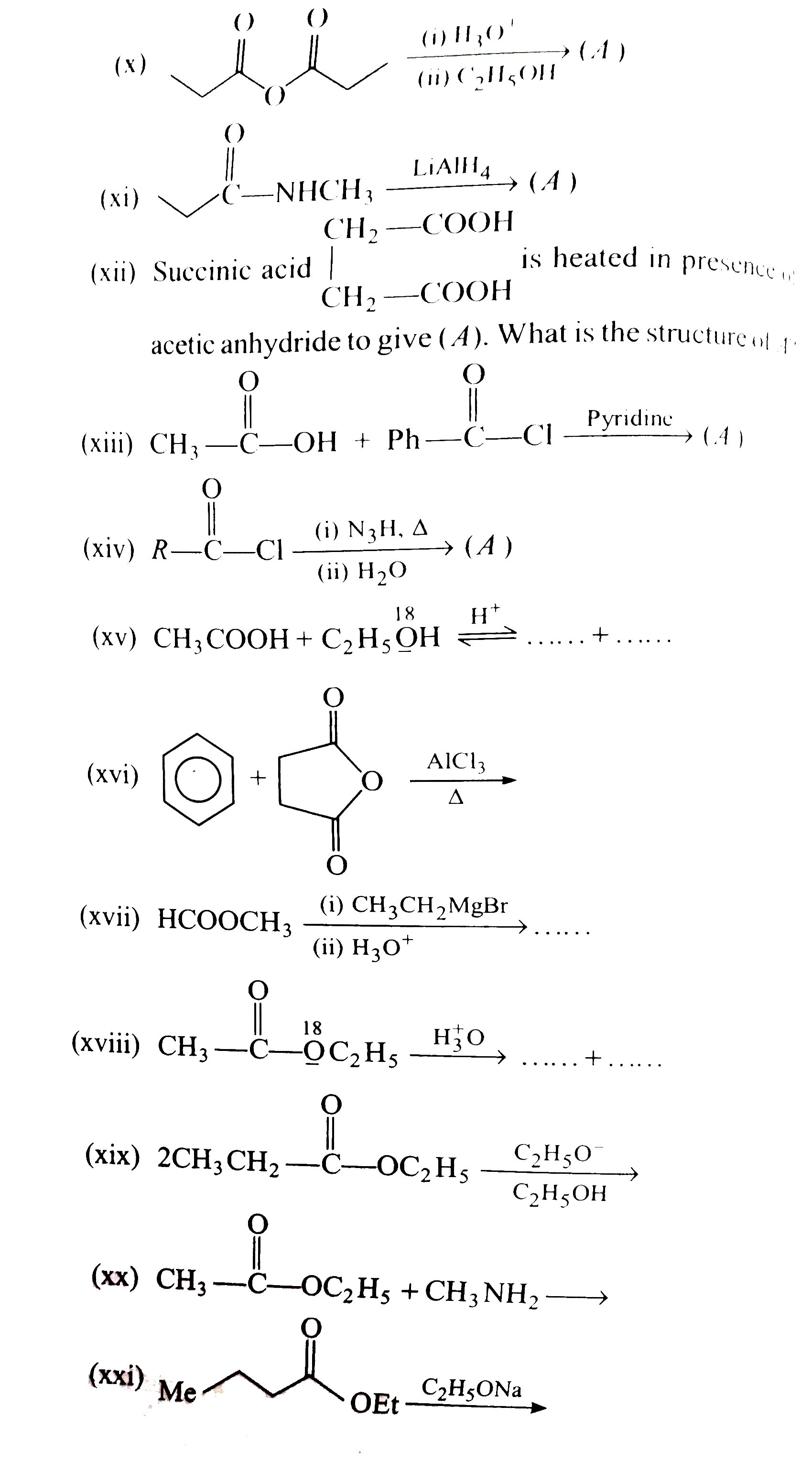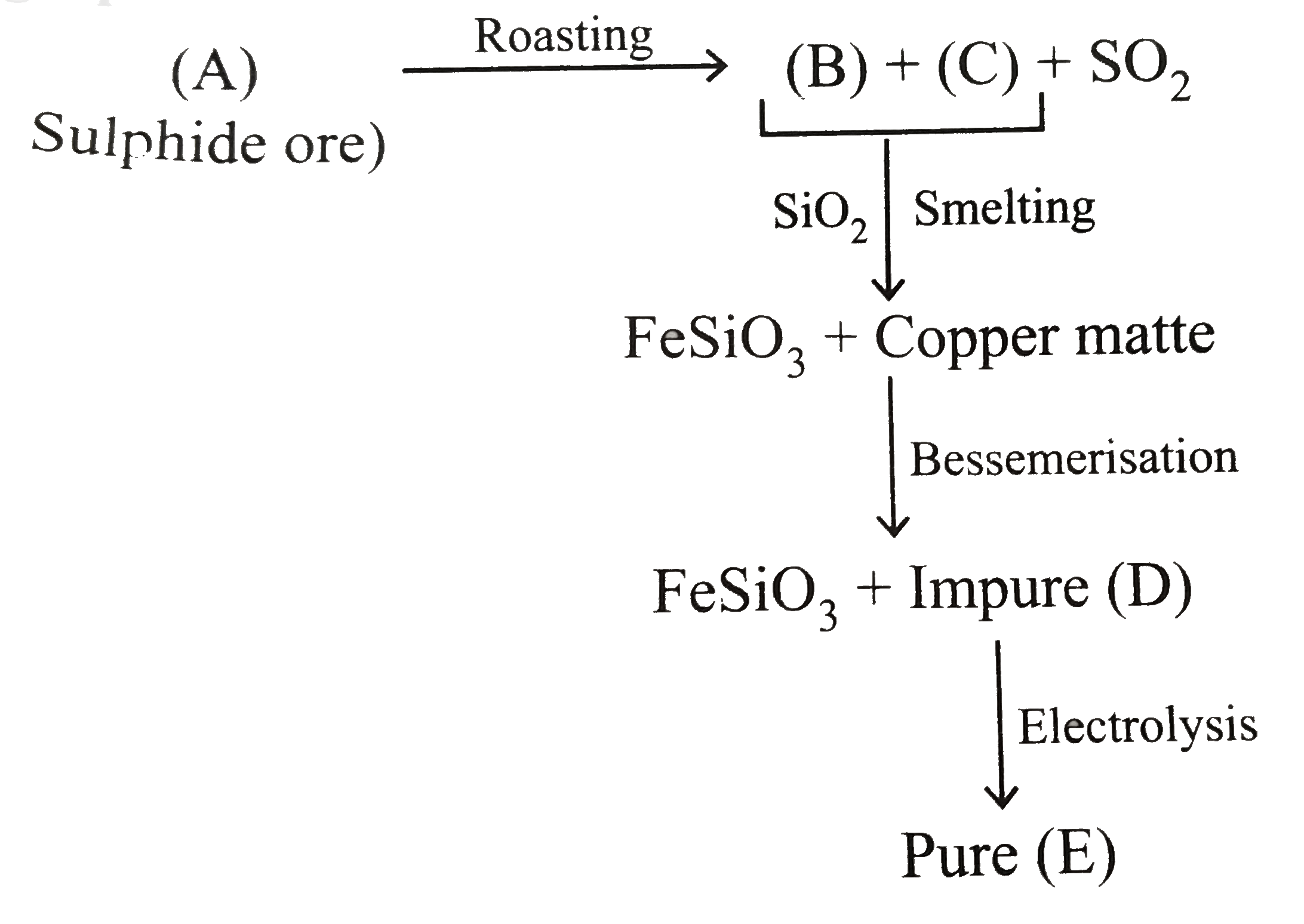Identify (A) to (C).
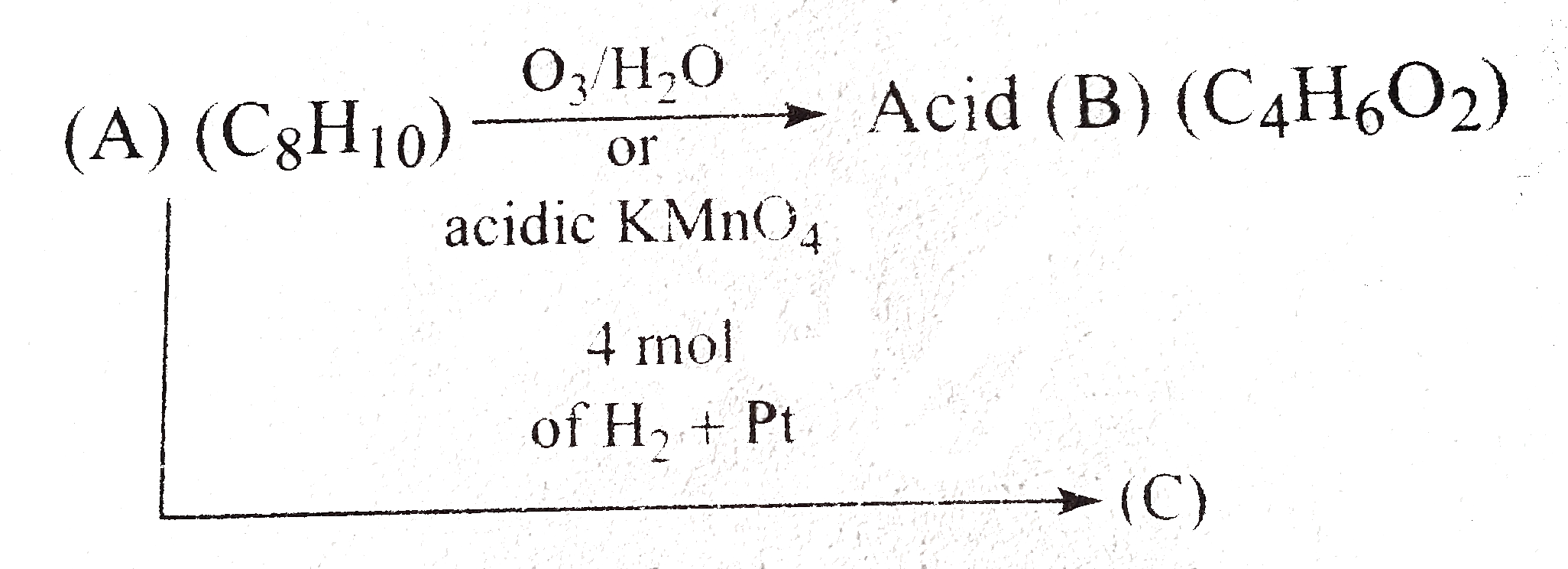
Video Solution
Text Solution
DU in A=(2×8+2)−102=4∘
DU in B=(2×4+2)−62=2∘
Structure of B⇒since it is an acid (C3H5COOH). In (B), 1 DU is accounted for acid group, another 1 DU is present in (C3H5). It should be a 3 C atom ring, not (C=C), since after ozonolysis or oxidative cleavage (C=C) bond or (C≡C) bond cannot be left behind. So the structure of B⇒ 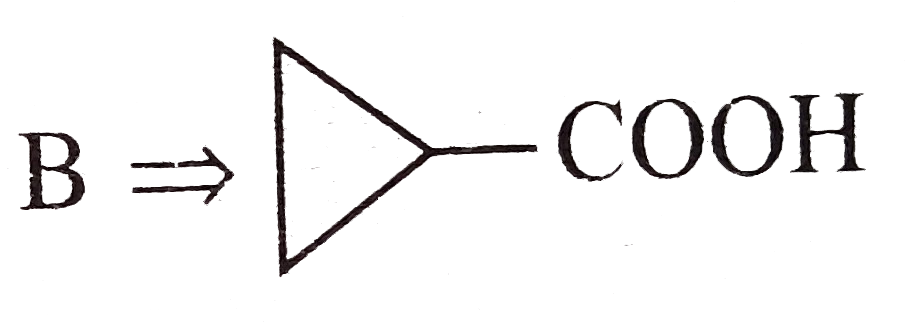 −COOH
−COOH
Total C atoms in A=8
Total C atoms in B=4
Therefore, 2 mol of (B) is produced.
So the structure of (A)⇒ 
Reactions:
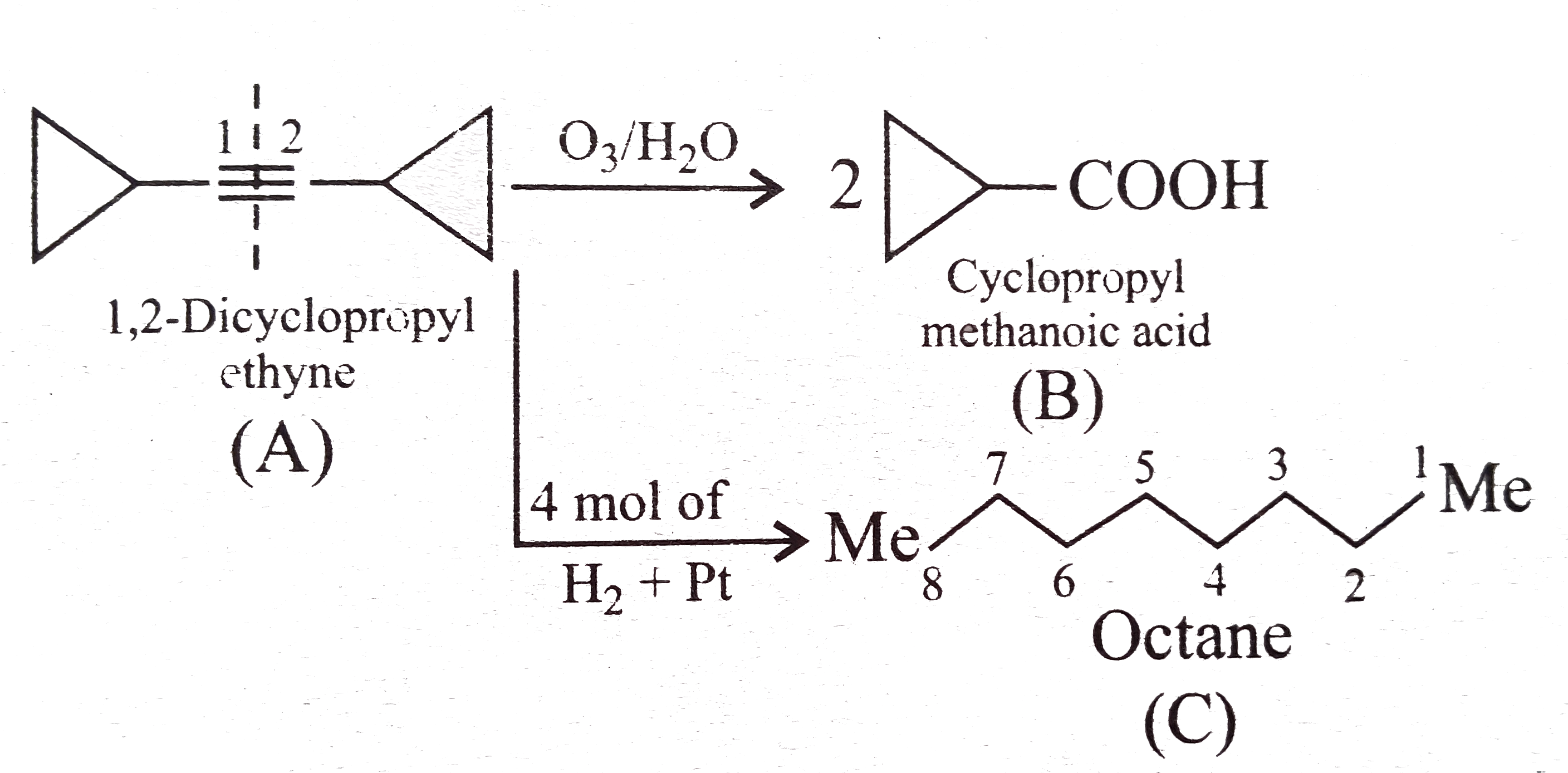
Note: Cyclopropane on catalytic hydrogenation in ordinary conditions of temperature are cleaved to give propane, whereas other high-membered ring do not undergo catalytic hydrogenation under similar conditions.
|
Topper's Solved these Questions
- ALKYNESBOOK - CENGAGE CHEMISTRYCHAPTER - ALKYNESEXERCISE - Exercises (Linked Comprehension Type)
51 Videos
- ALKYNESBOOK - CENGAGE CHEMISTRYCHAPTER - ALKYNESEXERCISE - Exercises (Multiple Correct Answers Type)
25 Videos
- ALKYNESBOOK - CENGAGE CHEMISTRYCHAPTER - ALKYNESEXERCISE - Solved Examples
24 Videos
- ALKENES AND ALKADIENESBOOK - CENGAGE CHEMISTRYCHAPTER - ALKENES AND ALKADIENESEXERCISE - Single correct Answer
14 Videos
- APPENDIX - INORGANIC VOLUME 1BOOK - CENGAGE CHEMISTRYCHAPTER - APPENDIX - INORGANIC VOLUME 1EXERCISE - chapter-7 Single correct answer
1 Videos
Similar Questions
Knowledge Check
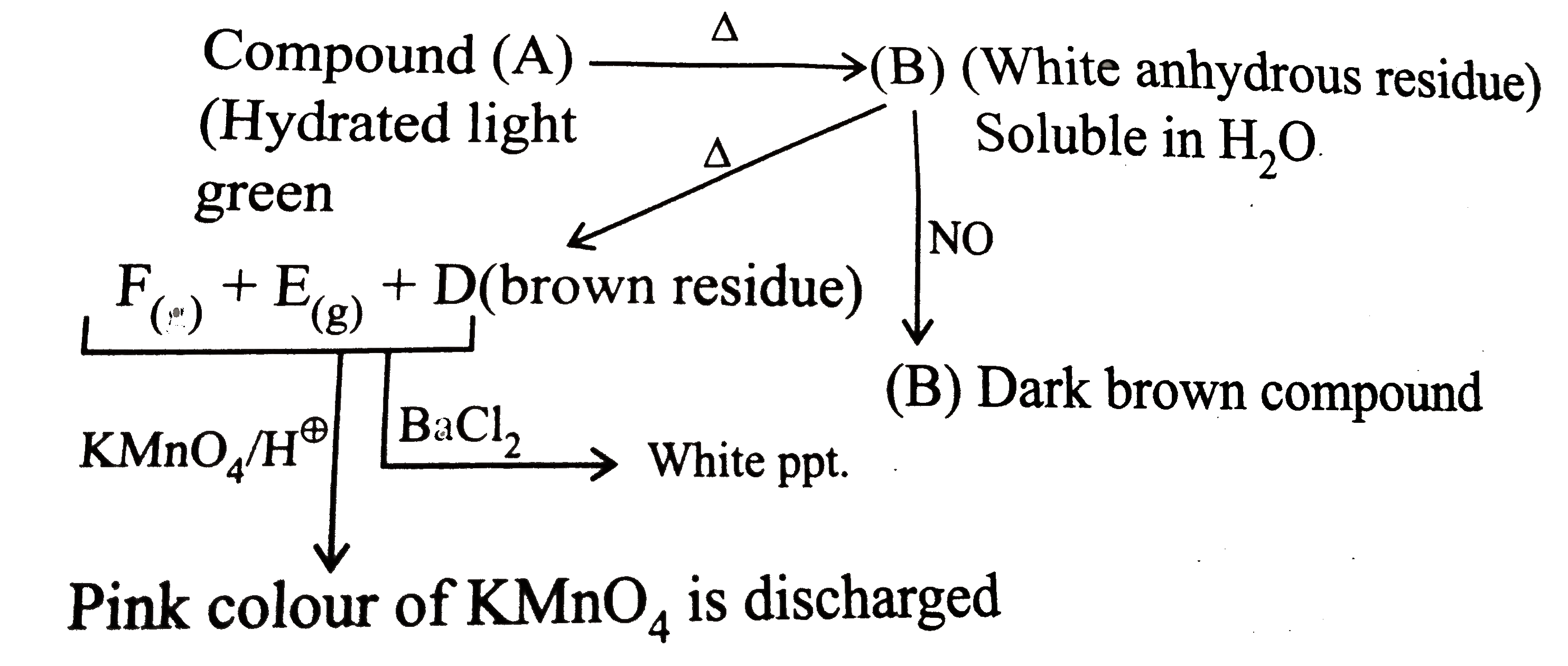
Identify CA[Fe(H2O)5NO]SO4BNa2SO4CNa2[Fe(CN)2NO]DFe[Fe(CN)6]3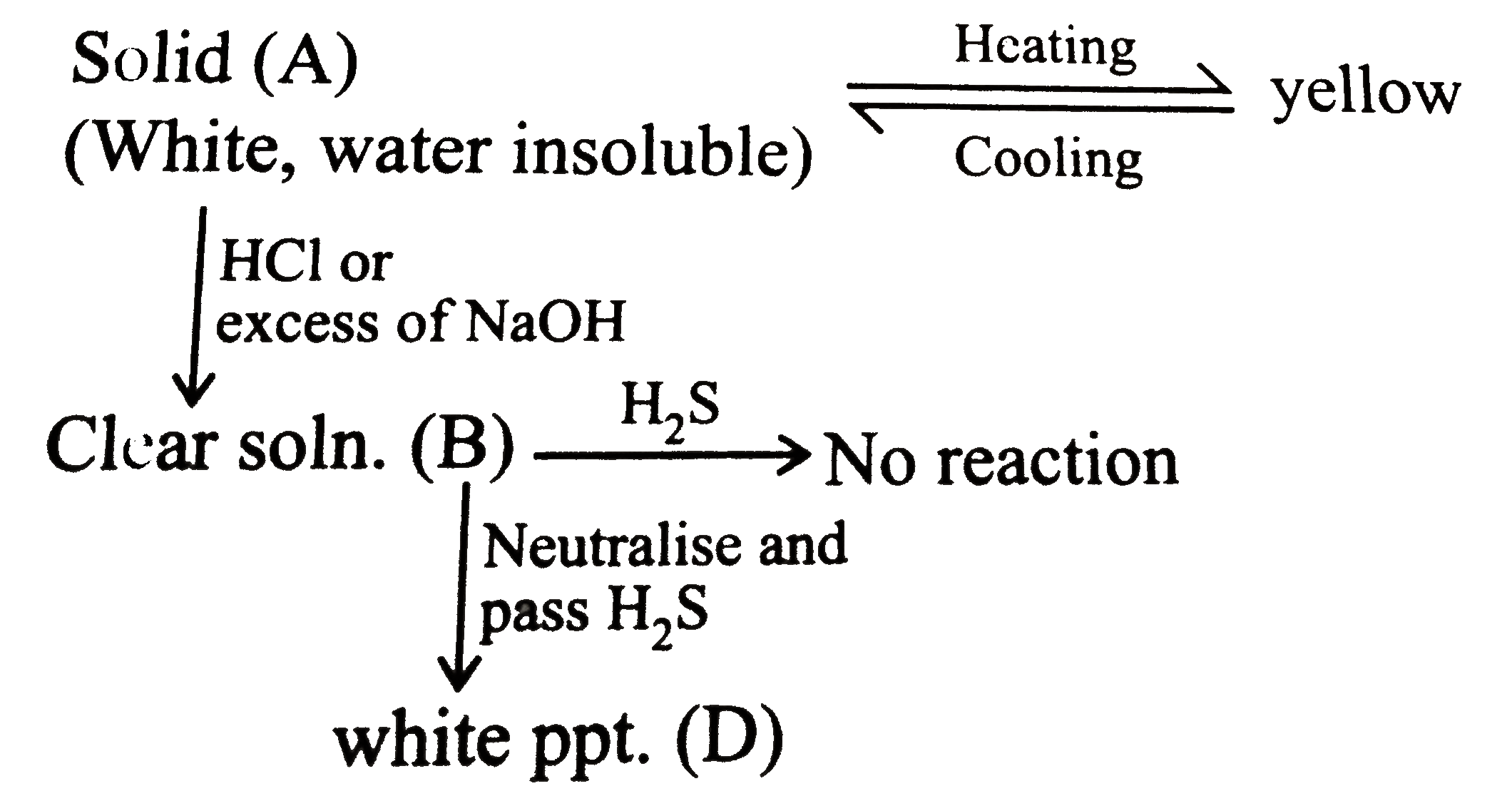
Identify CANa2ZnO2BZn(OH)2CFe(OH)3DFe(OH)2
Identify CANa2Cr2O7BNa2CrO4CNa2MnO4DNaMnO4



